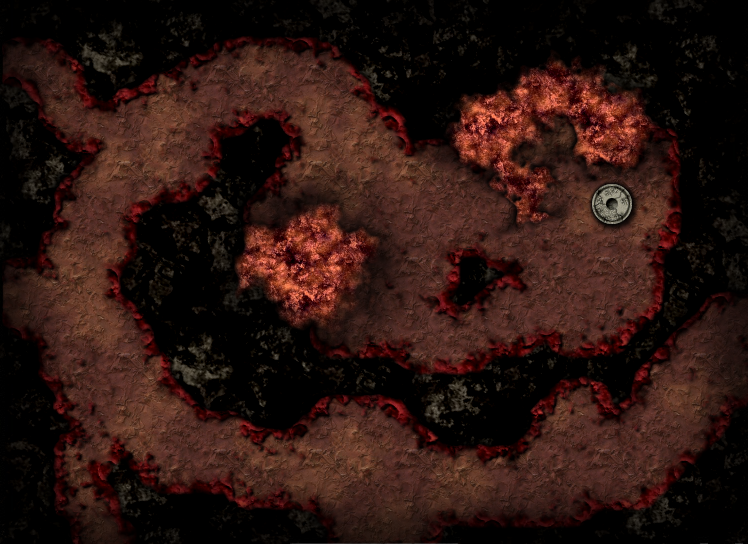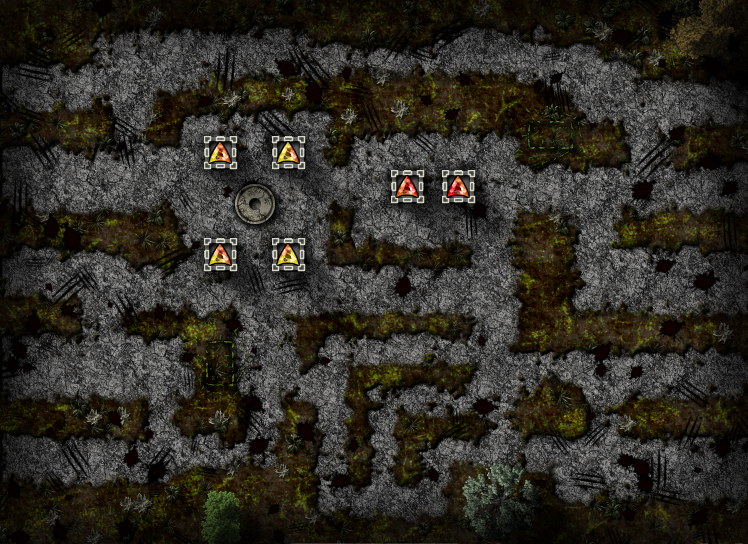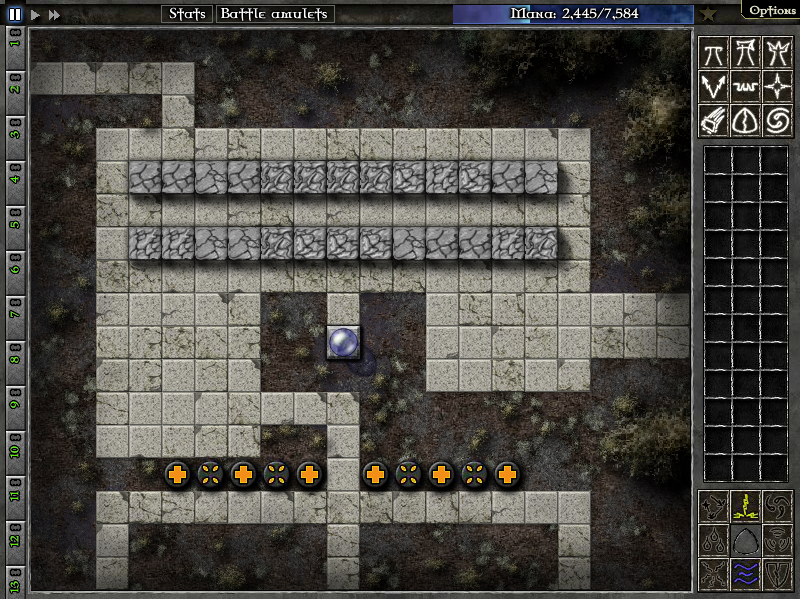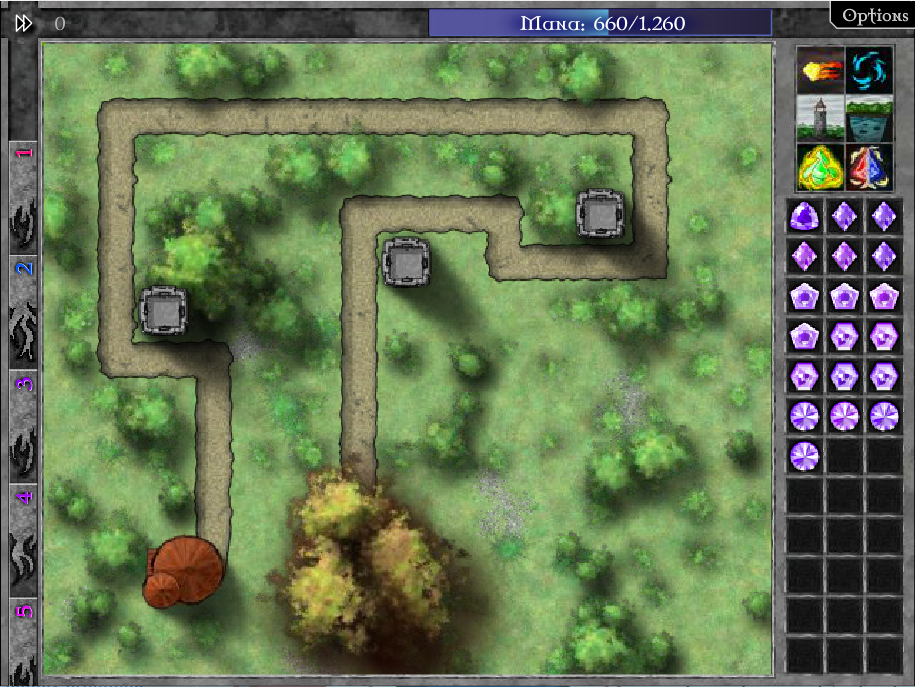

if it's filled, all additional mana you would gain from slain monsters is lost.

This costs you soma mana tougher monsters take more mana to banish. When a monster is just about to crush your orb, the orb will banish it back to its spawning location.If an apparition flies by, and your towers are busy killing monsters, click on the apparition to have the towers target it. Click on a monster to view info about it, but also to highlight it for your towers to shoot.If you want to shoot them, they should be in the gem's range you want to place in the tower. Place your towers in positions where they can cover the longest path possible, but also look out for beacons, shards, nests, and tombs.Try to avoid making gems containing more than three base types.So if you want to use the special ability of a gem, combine it only with gems of the same type. If you combine two gems of different types, you get both specials but with a decreased power. Pure gems have the strongest special abilities.These bonuses can be further increased with the Dual gem and Triple gem mastery skills. Dual gems are superior to pure gems, they get bonuses to their damage, range, and firing speed.PDM Creative Commons Public Domain Mark 1.
#Gemcraft labyrinth wiki free#
This file has been identified as being free of known restrictions under copyright law, including all related and neighboring rights.

You must also include a United States public domain tag to indicate why this work is in the public domain in the United States.
#Gemcraft labyrinth wiki plus#
This work is in the public domain in its country of origin and other countries and areas where the copyright term is the author's life plus 100 years or fewer. Licensing Public domain Public domain false false 31.Ĭopied from en:Image:Minotaurus.gif, originally uploaded by en:User:Nidara. The tuft on the belly is also typical of a bull, not a horse. This is occasionally mistaken for a centaur but the association with the Labyrinth makes it clear that it represents the Minotaur, and the artist has been careful to carve the hooves in bovine, not equine, form. The Minotaur is here represented (as not uncommonly in medieval and later times) as the reverse of the usual classical representation (a bull's head on a man's body). (The Labyrinth is depicted in a style unknown in Classical times but common in the Renaissance.) Kern assigns the gem to the 16th century, stating that Maffei "erroneously deemed the piece to be from Classical antiquity". 202), the original gem is in the Medici Collection in the Palazzo Strozzi, Florence.

English: The Minotaur (represented here as a man's head and torso joined to a bull's body, in reverse of the Classical tradition showing a bull's head on a man's body) at the centre of the Labyrinth, depicted on a gem.Īccording to Hermann Kern ( Through the Labyrinth, Prestel, 2000, item 371, p.


 0 kommentar(er)
0 kommentar(er)
